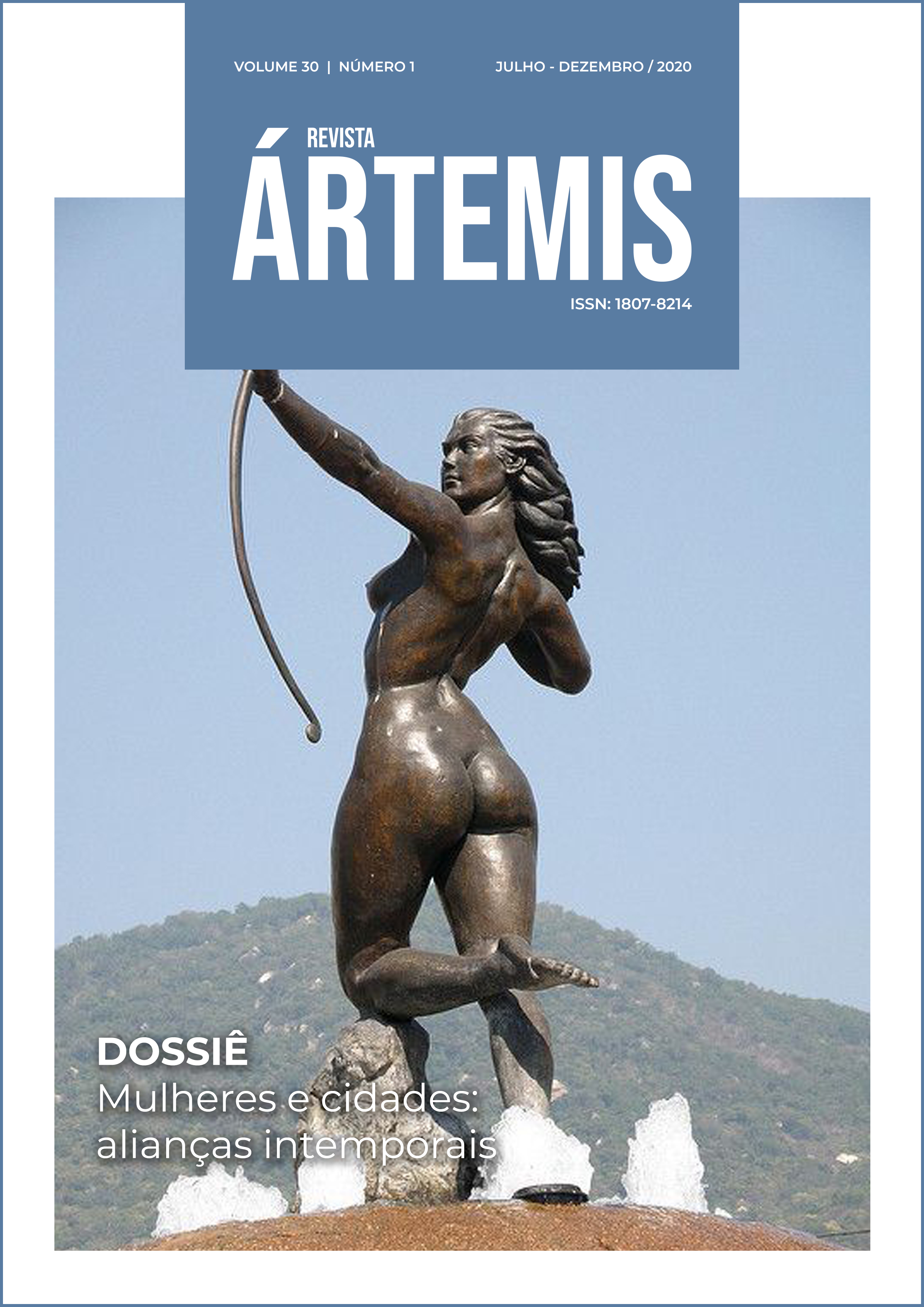From roof to roof, the moon: the town in the haiku of women
DOI:
https://doi.org/10.22478/ufpb.1807-8214.2020v30n1.56963Keywords:
Poésie japonaise, Haïku, Haïku de femmes, Haïku urbainAbstract
After presenting some essential characteristics of haiku, three-lines poems of Japanese origin, the paper discusses the so called haiku of women. Those haiku appear later in the Japanese traditional poetry than the haiku of men. Nevertheless, the female poets contribute to associate the classical guidelines of writing haiku to the spontaneous expressions of emotions. It is possible to say that the women modernise the haiku. Considering specifically the urban haiku, the presence of women is substantial. Generally speaking, there is some kind of tension in the relation between the urban landscape and the haiku poets. Yet female poets humanise the modern megalopolis, introducing in their poems birds, flowers, cats, beggars, homeless, lovers, children, as a counterpoint to the cold landscape of concrete and glass. At the end, we present a significant number of urban haiku, written by women, expecting to delight the reader.







